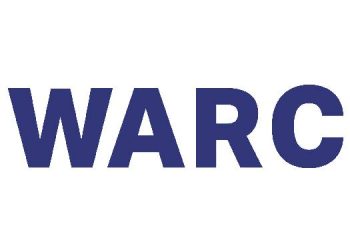Mumbai: DoubleVerify (“DV”), a leading software platform for digital media measurement, data, and analytics, has identified a new Connected TV (CTV) advertising fraud scheme, dubbed “SmokeScreen,” which caused screensavers to hijack CTV devices to generate impressions — even when the screen is off. DV’s Fraud Lab, consisting of a dedicated team of data scientists, mathematicians, and researchers focused on protecting clients and partners from all manner of fraudulent inventory, uncovered and neutralized SmokeScreen.

“As fraudsters continue to aggressively target the CTV space, we are committed to blocking emerging fraud schemes across all devices, formats, and ad delivery platforms,” said Mark Zagorski, Chief Executive Officer at DoubleVerify. “Safeguarding the brands we serve is our first priority since it directly impacts ad effectiveness. Fraud harms inventory quality, which in turn drives suboptimal business outcomes for global advertisers. Through the incredible efforts of our Fraud Lab, DV is providing CTV advertisers with much-needed transparency and protection, while helping to preserve the monetization opportunity for quality publishers.”
Once an end-user installs the fraudsters’ malicious screensaver, SmokeScreen generates impressions en masse using falsified data and allowing the bad actor to continuously run impressions in the background. The user has no idea ads are being continuously served on the device, even when the CTV screen is off. On average, the typical hijacked device generates three times the impression volume of its legitimate counterpart.
While DV neutralized SmokeScreen for its clients and partners — helping them avoid wasted investment, the scheme remains active on unprotected CTV platforms and advertiser campaigns, impacting nearly 10,000 devices daily and generating up to 10 million fraudulent requests each day. At an average of $20 CPM across CTV, each month SmokeScreen generates more than 300 million ad requests, valued at over $6 million — defrauding advertisers and publishers alike.

Nachiket Deole, Head of Sales, India, DoubleVerify, said, “Connected TV (CTV) consumption has seen an upward trend in recent years, especially during the COVID-19 pandemic. Brands and agencies in India have started adopting CTV advertising for their ad investments as it is one of the most exciting new ways of delivering long-form and immersive content. However, as we all know, fraud follows money. During this crucial time, DV’s efforts into the identification of CTV schemes like SmokeScreen will ensure transparency and endpoint security, ultimately protecting organizations from major financial setbacks.”
“CTV ad fraud doesn’t just impact advertisers,” said Roy Rosenfeld, Head of DV’s Fraud Lab. “It’s harmful to the entire ecosystem — siphoning revenue from high-quality CTV publishers and app developers, as well as streaming platforms.”
DV’s Fraud Lab utilized data and insights from the company’s Video Filtering solution, a new DV innovation that lets advertisers reduce quality infractions and associated wasted investment across all video environments and devices, even where blocking is not supported — such as CTV. In this case, the DV Fraud Lab used DV Video Filtering to help create a SmokeScreen detector that protects DV clients from the attempted fraud.

















